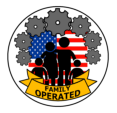



Tahoma Specialty Pest Services
1818 W. Francis Ave #333
Spokane, Wa. 99205-6834
(509) 978 7830
Vertabrate Pests
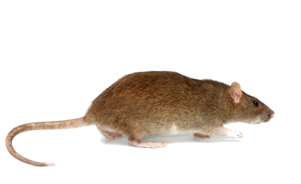
House Mouse (Mus musculus)
The House Mouse is one of the more common pests you are
likely to encounter. These little nibblers love to sample many
foods and will usually eat a small amount of something
before moving on to something else. The House Mouse is a
small rodent, and can fit through openings the size of a dime
or more! These rodents stay within a fairly small range
and generally forage between 30’-50’ from their nest.
Deer Mouse (Peromyscus sonoriensis)
The Deer Mouse is not as common as the House Mouse,
especially if you live in the city. As the name would suggest,
the Deer Mouse has a coat similar in color and appearence to
deer, but they do lack antlers. The Deer Mouse generally infests
in rural areas but can be found anywhere House Mice are. The Deer
Mouse is the only known vector of Hantavirus, but care should be
taken regardless of the type of rodent encounterd.
Pack Rat (Neotoma cinerea)
The Pack Rat, also known as the Wood Rat, or Trade Rat, is not a
commensal rodent. This forest dweller can become a pest in ways similar
to other rodents however. Pack rats like to take things, espcailly things
that are shiny and novel. The Pack Rat is also called Trade Rat because
of it’s habit of dropping one item to “trade” for something else it finds
more attractive along the way.
Norway Rat (Rattus Norvegicus)
The Norway Rat is the most common rat species found. This rat
can be found anywhere, but activity tends to occur in and around
port cities like Tacoma, Seattle, and Olympia. This rat has a larger
territory and will often travel 100’ or more while foraging for food.
Rats can fit into any opening the size of at least a quarter, and they
are masters of their environment. Don’t say a rat can’t do something,
chances are there is a rat proving you wrong right this moment.
Roof Rat (Rattus rattus)
The Roof Rat is similar to all other rats, but tends to share just as
many similarities with squirrels. These rats can spend their entire
life living in trees and never touch the ground. Their preference
for being in elevated spaces, and eating foods different than other
rodents make this rat a little too challenging for most DIYers. These
rats are not very common, but their populations are growing rapidly
and can be found in almost all of the same areas as the Norway Rat.


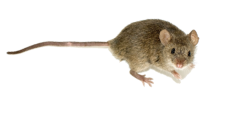

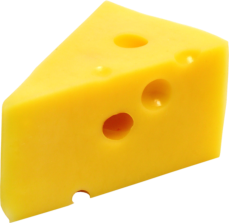
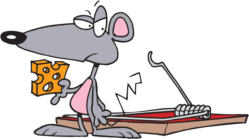
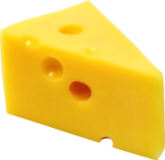
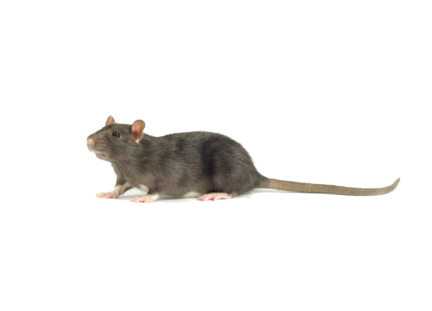















Tahoma Specialty Pest Services
1818 W. Francis Ave #333
Spokane, Wa. 99205-6834
(509) 978-7830
Vertabrate Pests
House Mouse (Mus musculus)
The House Mouse is one of the more common
pests you are likely to encounter. These little
nibblers love to sample many foods and will usually
eat a small amount of something before moving on
to something else. The House Mouse is a small
rodent, and can fit through openings the size of a
dime or more! These rodents stay within a fairly
small range and generally forage between 30’-50’
from their nest.
Deer Mouse (Peromyscus sonoriensis)
The Deer Mouse is not as common as the House
Mouse, especially if you live in the city. As the
name would suggest, the Deer Mouse has a coat
similar in color and appearence to deer, but they
do lack antlers. The Deer Mouse generally infests
in rural areas but can be found anywhere House
Mice are. The Deer Mouse is the only known vector
of Hantavirus, but care should be taken regardless
of the type of rodent encounterd.
Pack Rat (Neotoma cinerea)
The Pack Rat, also known as the Wood Rat, or Trade
Rat, is not a commensal rodent. This forest dweller
can become a pest in ways similar to other rodents
however. Pack rats like to take things, espcailly
things that are shiny and novel. The Pack Rat is also
called Trade Rat because of it’s habit of dropping
one item to “trade” for something else it finds
more attractive along the way.
Norway Rat (Rattus Norvegicus)
The Norway Rat is the most common rat species
found. This rat can be found anywhere, but activity
tends to occur in and around port cities like
Tacoma, Seattle, and Olympia. This rat has a larger
territory and will often travel 100’ or more while
foraging for food. Rats can fit into any opening the
size of at least a quarter, and they are masters of
their environment. Don’t say a rat can’t do
something, chances are there is a rat proving you
wrong right this moment.
Roof Rat (Rattus rattus)
The Roof Rat is similar to all other rats, but tends
to share just as many similarities with squirrels.
These rats can spend their entire life living in trees
and never touching the ground. Their preference
for being in elevated spaces, and eating foods
different than other rodents make this rat a little
too challenging for most DIYers. These rats are not
very common, but their populations are growing
rapidly and can be found in almost all of the same
areas as the Norway Rat.
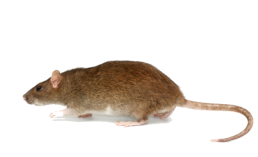
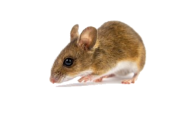

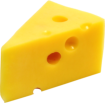
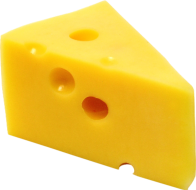

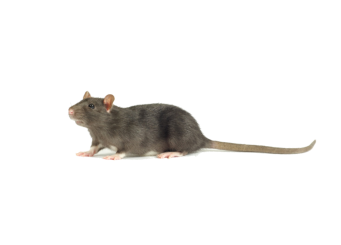









































.png)
.png)




